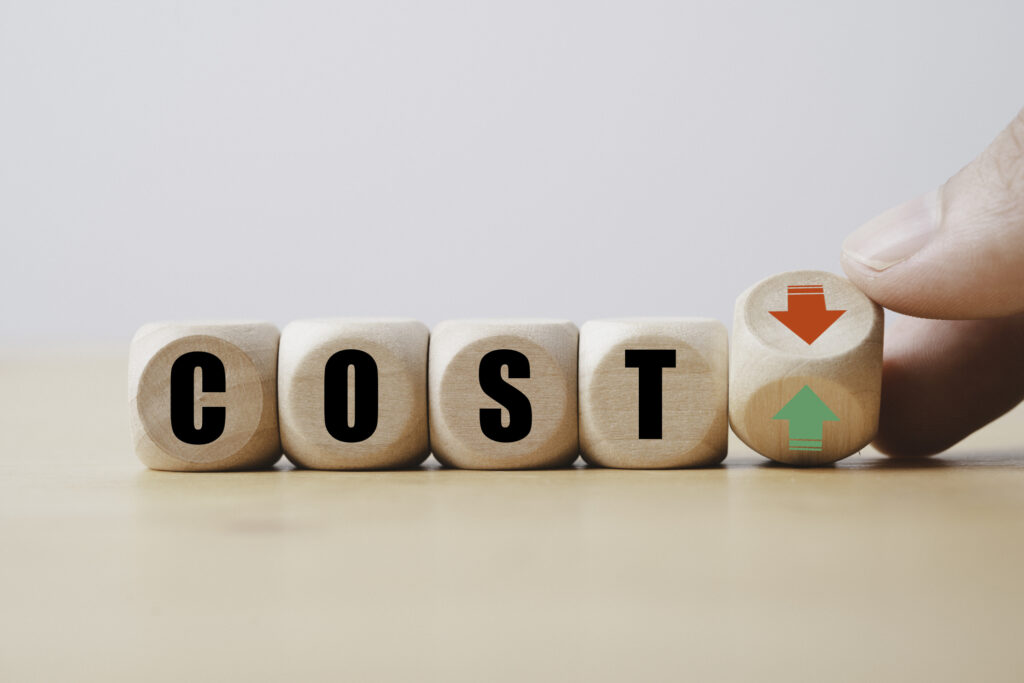
Marginal Revolution University
Grades 9-12

Don't have an account yet? Sign up for free
Don't have an account yet? Sign up for free


This lesson focuses on collectibles and how they retain, lose, or gain value. In each round of a trading simulation, students will learn more about the value of their collectibles and discuss why items gain or lose value. They will record and reflect on their strategies for each round
Lead a discussion with your students related to the introduction. You may want to prepare some examples from the Web sites listed in the resources section of this lesson.
Remember Beanie Babies? How about Pet Rocks? Have you hugged a Cabbage Patch Doll lately? Flipped your Pogs? How much would you pay for any of these items today? Or do you see them in the "free" box at garage sales? These are all examples of  collectible items that could be classified as fads. How would you define a fad?
collectible items that could be classified as fads. How would you define a fad?
How about that Babe Ruth baseball card? The Mickey Mouse sketch autographed by Walt Disney? The first-edition comic book of Superman? Does anyone still want any of that old junk? Or would these be better classified as fortunes? What makes a collectible hold its value over time?
What other collectibles can you think of that fit the fads or fortunes categories?
[NOTE: This lesson ties in closely with the Collecting for Fun…and Profit? lesson, which deals with added value. It also includes a great simulation asking students to come up with five collectibles they believe will increase in value, and why. This simulation can be used to help the students identify some of the factors that contribute to the increases or decreases in the value of collectibles.]
In this lesson, the students will participate in a trading game to simulate the collectibles trading market. They will follow the trading rules as they work to amass a fortune in collectibles. In each round the students will record the value of the collectibles and devise a trading strategy for the next round.
Based on this experience and the students real-life experiences with collectibles, they will examine factors that affect the value of collectibles. They will also discuss trading strategies and make predictions about what current collectibles that will become fads or worth a fortune.
Each student should receive one set of Mystery Trading Items (cut the sheet into the 16 individual items) and a Student Recording Form. They will use this form to record the value of their collectible items.
Explain the rules of the game…
Show the students how they will complete a row following each round (you may want to make a sample student recording form with fake values as an example). If you have limited class time, the students could simply record the item value and number of items during the game and do the calculations as homework or during your next class period. If time permits, allow the students to do the calculations between each round as this will let them see their total value before the next round. You may also want to ask some processing questions to help the students find out about strategies for the completed round, frustrations and joys in each round, and predictions for the future value of each collectible.
during the game and do the calculations as homework or during your next class period. If time permits, allow the students to do the calculations between each round as this will let them see their total value before the next round. You may also want to ask some processing questions to help the students find out about strategies for the completed round, frustrations and joys in each round, and predictions for the future value of each collectible.
Before round one begins, give the students a little time to look over their collections and devise a round one trading strategy. Since the students won’t know the values of their items until after the round is done, ask them how they will make their trading decisions. Have the students calculate their final values. After the students complete the activity, lead a class discussion focused on answers to the following questions. You can discuss the results in many ways.
The game by itself is an active learning experience, but it should be connected to real-life experiences. Refer the students to the "appraise it yourself" section of the http://www.pbs.org/wgbh/roadshow/games/playalong/ site where they can appraise items themselves. Ask the students to think of reasons why an items value might increase and then suddenly lose value. What examples can they think of like this? Why do some items retain their value or increase over time? What examples can they think of like this? What makes an item a fad or a fortune? Have they ever traded something they wish they would have kept? Have they ever kept something they wish they would have traded?
Visit https://www.ebay.com/ and do a blank search for the collectibles category.
When this lesson was created in 2004, there were 1,864,477 items in the collectible category on eBay, ranging in asking price from as high as $20 million (no bids!) to as low as 1 cent (1 bid!). What collectibles are actually receiving lots of bids on eBay today? What is the highest-priced item? What is the lowest-priced item? Have you eve r sold or purchased anything on eBay? What strategies do you use? What good or bad trading experiences have you had with eBay?
r sold or purchased anything on eBay? What strategies do you use? What good or bad trading experiences have you had with eBay?
Ask the students to make a prediction about a current collectible: will it end up as a fad or a fortune? Have them justify their answers. This can be done as an individual written assignment or a small-group or whole-class discussion.

Marginal Revolution University
Grades 9-12

Grades 9-12

Grades 9-12

Grades 9-12
